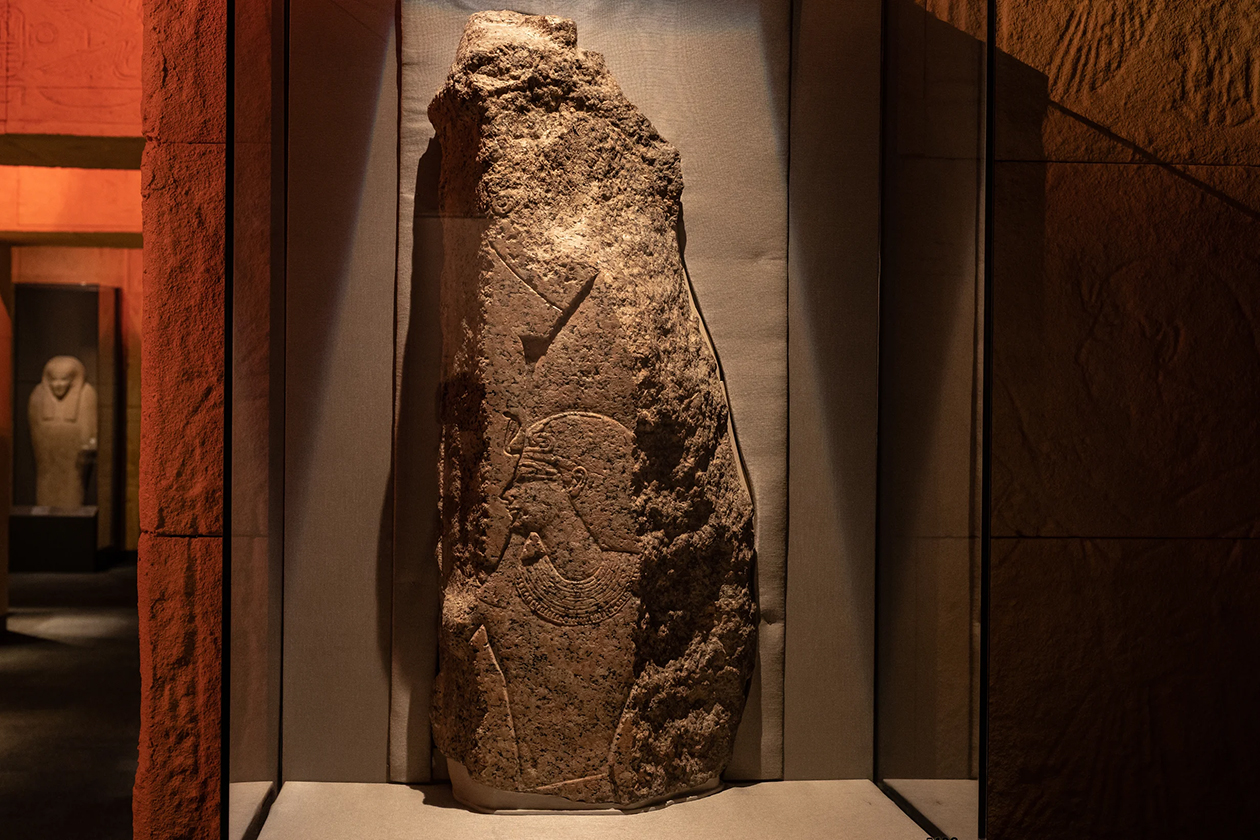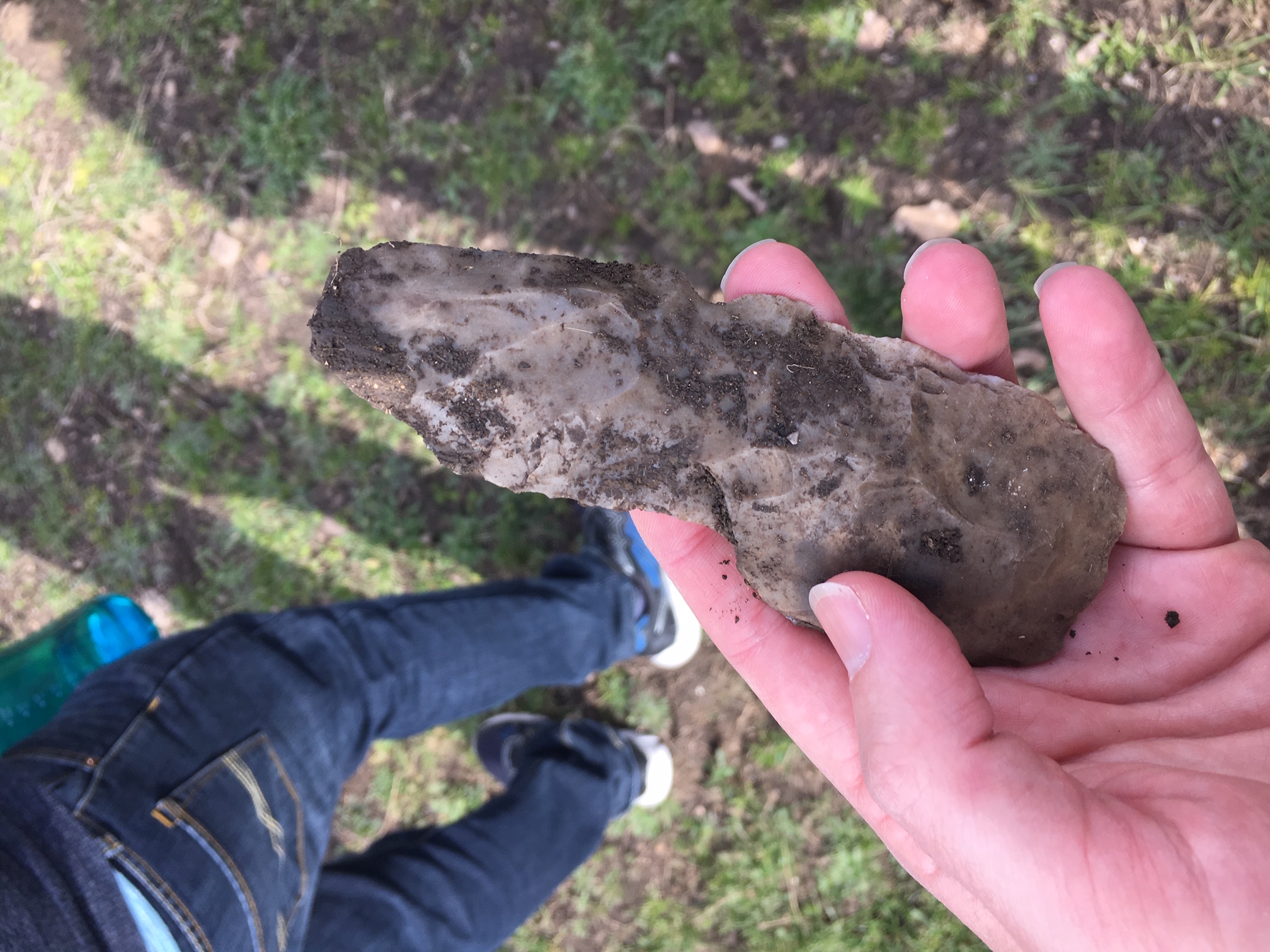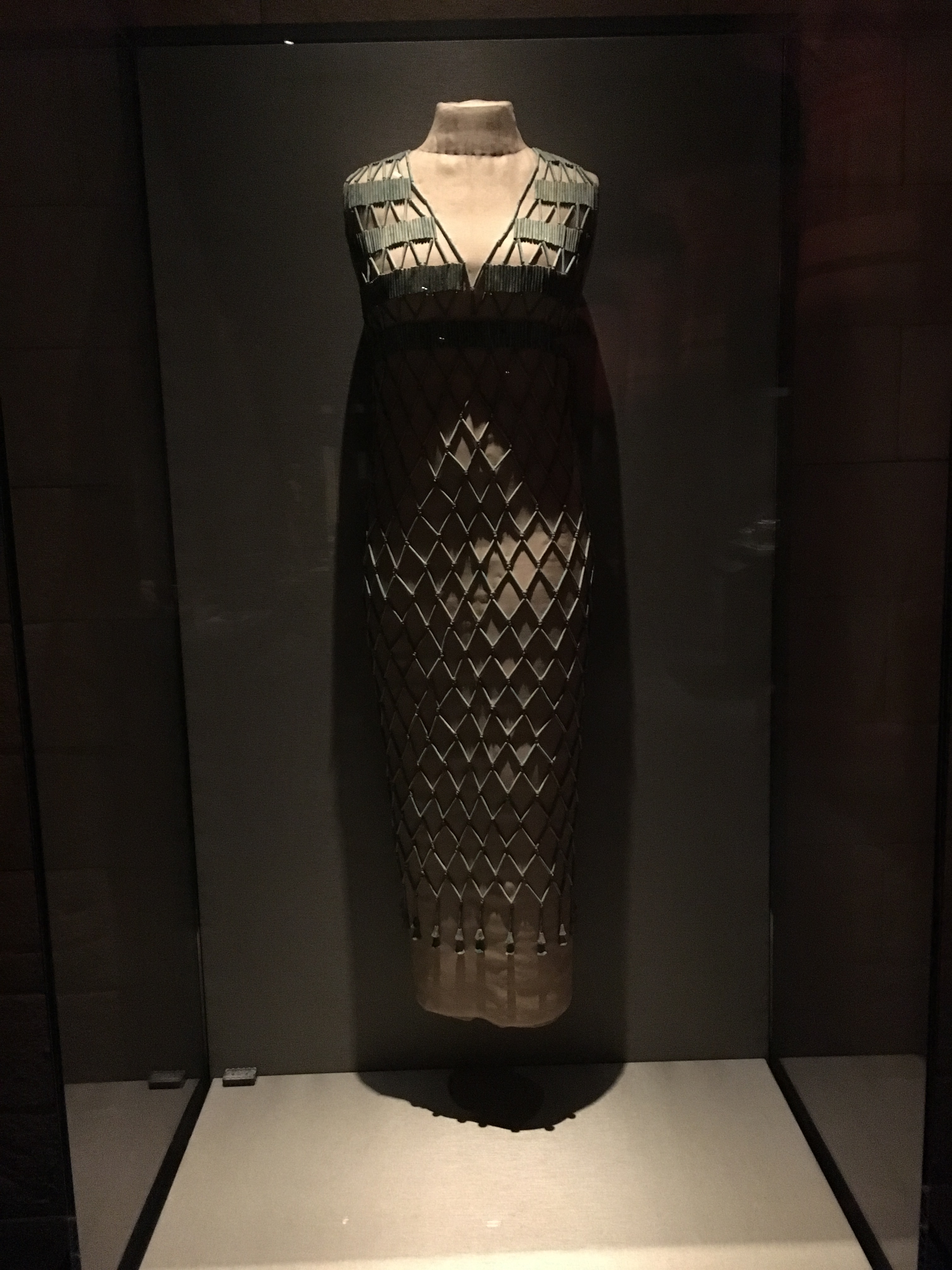One of the most common questions we’ve received here at HMNS is how we know how old our artifacts and fossils are. There are a number of different ways to go about aging an object. Relative dating techniques can provide a general age range, which can be to within decades or sometimes within millions of years depending on the technique you are using. Absolute dating provides more precise and accurate dates, however there is still a range. Not every technique can be applied to a given situation, so researchers will work with what is available. Usually more than one of the methods that will be described in this blog are used to determine the age of objects like the ones in our Hall of Paleontology or Hall of Ancient Egypt. Here is a sampling of the ways we deduce that age:
Relative Dating
Stratigraphy:
Nowadays most of us know that things that are buried deep underground tend to be older than things lying on the surface, but there was a time when this wasn’t a universally accepted fact. It wasn’t until 1669 when Nicholas Steno (known today as the Father of Stratigraphy) published his Prodromus that the idea started to enter popular scientific thought.
Nicholas Steno, photot courtesy if Wikipedia
Imagine the Grand Canyon. Its walls seem to be painted with horizontal stripes of red, yellow, orange and beige. The colors represent distinct layers, or strata, of earth that were laid down under specific conditions in a specific time period. The different colors of the layers are due to the fact that over time climate changes, rivers and oceans rise and recede, washing minerals like iron or sulfur into an area, and this all effects the chemical composition, and thus the color, of the soil. For a geologist, those horizontal stripes are like multicolored pages of a book, each page having, instead of a number, an age. As a bookmark found between pages 157 and 158 tells us that the reader left off there, so does a fossil deposited between rock layers 200 and 300 million years old tell us that the creature lived and died within those time periods.
HMNS has an active Paleontology dig in the Permian Basin of West Texas. The Permian Basin gets its name from the geological period the area’s rock dates to. If we find fossils within that rock, we know that those fossils must have been deposited during the Permian Period, roughly 2.9 to 2.5 million years ago. But how do we know how old the rock is? Well, logically if one rock layer is beneath the another, it must be older. In the nineteenth and early twentieth centuries, the ages assigned were theoretical. Basically, it was assumed that so many millions of years would have had to pass before a layer of sediment could be laid down and then formed into rock. Modern geologists, however, are able to use radiometric dating of some igneous rocks to get a more precise number. We’ll talk more about this later in the article.
Stylistic Dating
Stratigraphic dating can be used to determine the age of human artifacts, but since human have been around for such a short period of time, obtaining dates that range thousands, or even millions of years, is not always useful. But there is another relative dating technique that can be used: Stylistic Dating. Humans are a hip bunch of dudes, with a keen sense of what’s in fashion and what’s not. Ever since culture developed among human populations, we have been moving from one fad to another. Styles of art can be used to determine an object’s general age, sometimes to within a couple decades.
Image of King Tutankhamun ( Akhenaten’s son) from his tomb.
For example, in our Hall of Ancient Egypt we have a few objects from the reign of the Pharoh Akhenaten. A revolutionary ruler, Akhenaten decided that he wanted everyone to only worship one god, the Aten, and also that he didn’t like the way Egyptian art looked, so he built temples dedicated to a previously unimportant deity, and he changed the way the he and his family were depicted within those structures. Both of these moves were very unpopular with Egyptians and after Akhenaten died, later rulers restored the traditional styles of worship and art. Because we know when Akentaten ruled and because he was the only Pharaoh to worship the Aten, and commission his unique style of art, archaeologists usually don’t have a problem identifying objects made during his reign. Other pharaohs had other quirks, and these too can often be used to determine the age of an Ancient Egyptian Artifact.
Absolute Dating
Relative dating methods allow geologists and paleontologists to determine a range of time in which a fossil or artifacts lived or were created. But sometimes researchers need a more precise date to work with. For example, there are some Ancient Egyptian rulers whose date of reign is not known for sure, perhaps because they left few artifacts or monuments behind, or perhaps because their citizens didn’t like them and deliberately erased evidence of their existence after their death. Putting them into the context of Egyptian history can be difficult without knowing a precise date. Similarly, sometimes more precise dates are desired for fossil samples.
Alpha particles being shed from a nucleus. Photo courtesy of Wikipedia
For more precise dating of fossils, radiometric dating can be used. Radiometric dating uses the process of radioactive decay to determine an object’s age (You can find a more in-depth description here.) Basically, radioactive decay is the process by which an unstable atom loses energy. This can be done in a number of ways, the most common being alpha decay, where a nucleus is so large that it sheds alpha particles (two protons and two neutrons) in order to maintain a balance between the forces holding it together and those trying to tear it apart. Imagine a large ship that has beached itself on a sand bank during a storm. It’s loaded down with cargo and the weight of that cargo is keeping the waves from pushing the ship off of the bank. That may sound like a good thing, but actually it’s terrible! Instead of pushing the ship, the waves are now tearing it apart, breaking through its beams. So the sailors have to throw all the cargo overboard to lighten the ship so it can sail to safety.
Image courtesy of Wikipedia
As it sheds these alpha particles, the atomic weight the the element decreases and the element undergoes a process called transmutation, where it turns into another “daughter element”. The decaying process occurs at a constant rate. The half-life of an element is the amount of time it takes for half of any amount of that element to transmutate into its daughter particle. By measuring the amount of its daughter particle contained within an element, geologists can get an idea of that element’s age. It’s like how the captain should be able to predict how long his well-disciplined crew can move so much cargo, only our metaphorical crew is extremely well-disciplined.
Different elements have different half lives, some much longer than others, so geologists use different rocks depending on the amount of time they wish to measure. When dealing with human sites, archaeologists often use carbon 14 dating, which works similarly to any other radiometric dating method, but instead of having a half life of tens of thousands of years like potassium, carbon 14 has a half life of about 5,730 years, so archaeologist can better measure the short period of human existence on earth.
In conclusion, a lot of work goes into understanding our collection’s place in history. Our Hall of Paleontology presents the cutting edge of Paleontological theory, and our Hall of Ancient Egypt does the same in its respective field, both being composed of specimens that are not only one of a kind, but that have been used to further our understanding of the past.













